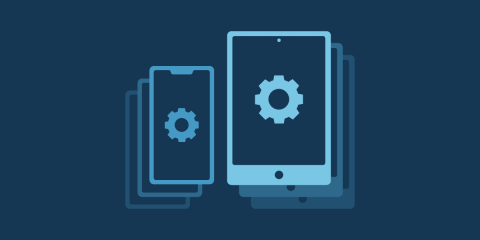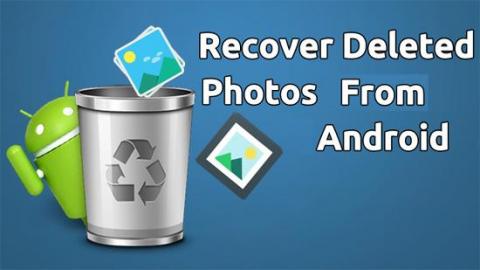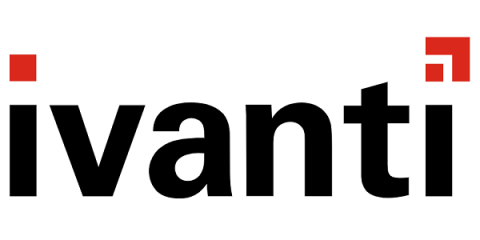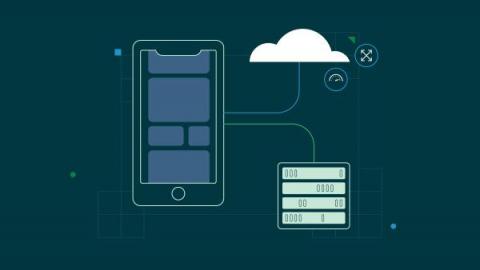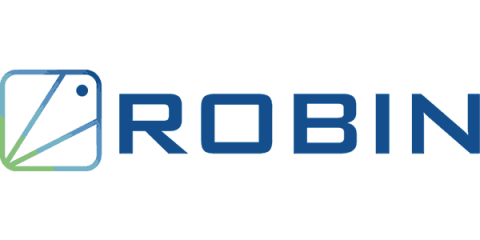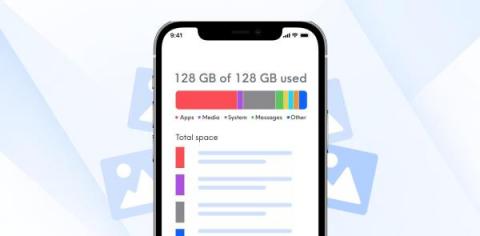Native vs cross-platform mobile app development
In just a decade, smartphones have become ubiquitous. They facilitate communication via texting and calling, provide entertainment, enable administration, and offer utilities for their users in the form of applications. Users access these mobile applications through their app store, whether it is Apple’s App Store or the Google Play Store. Developers construct them with the smartphone’s operating system in mind. The two mainstream operating systems that are targeted are Android and iOS.



